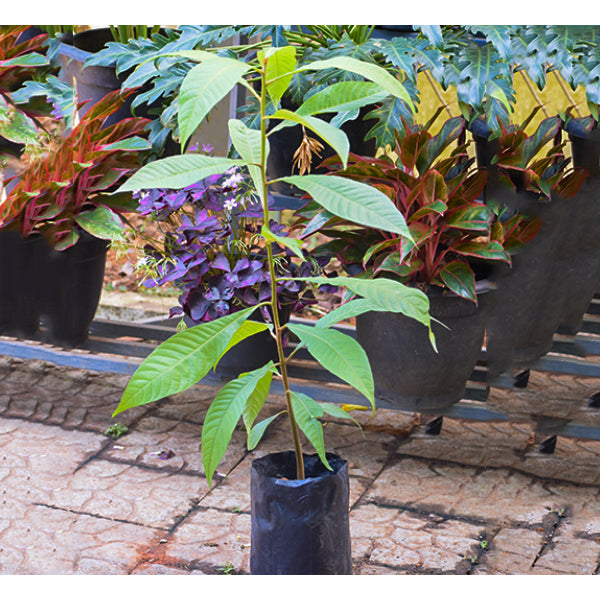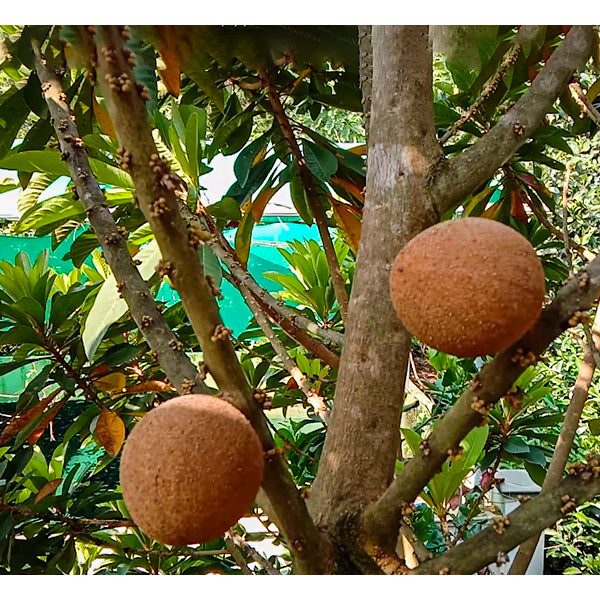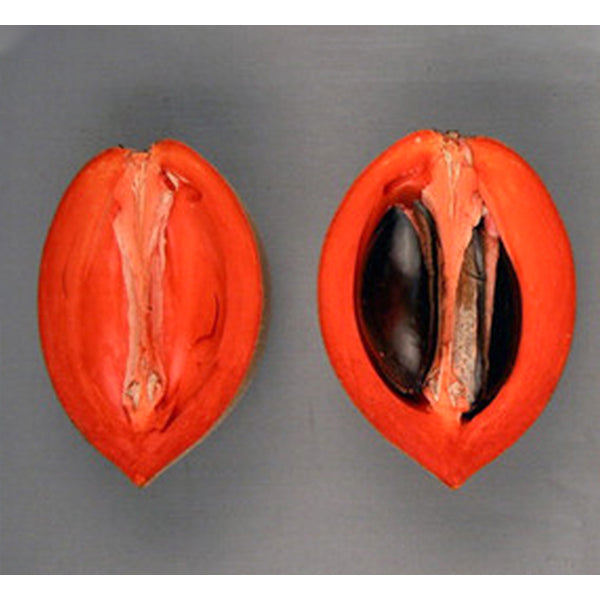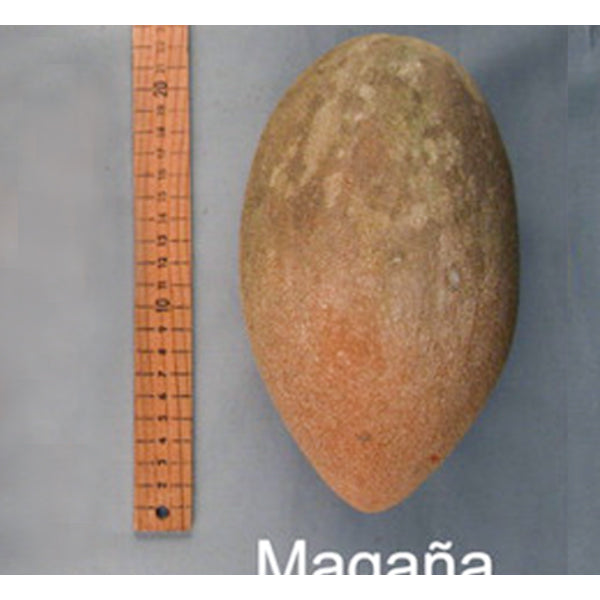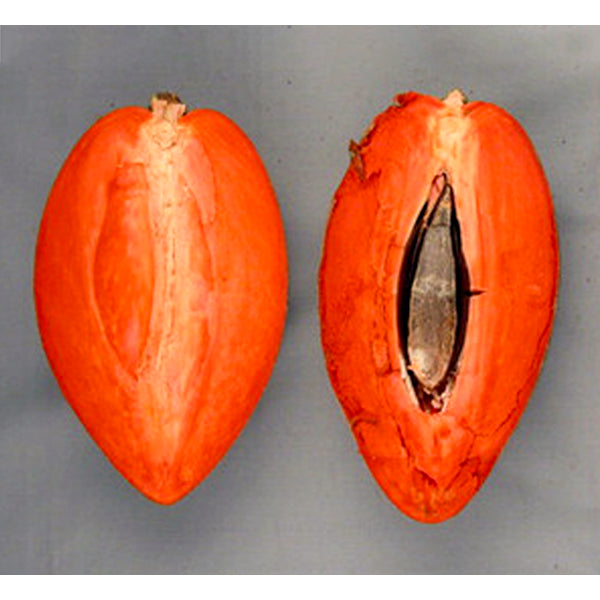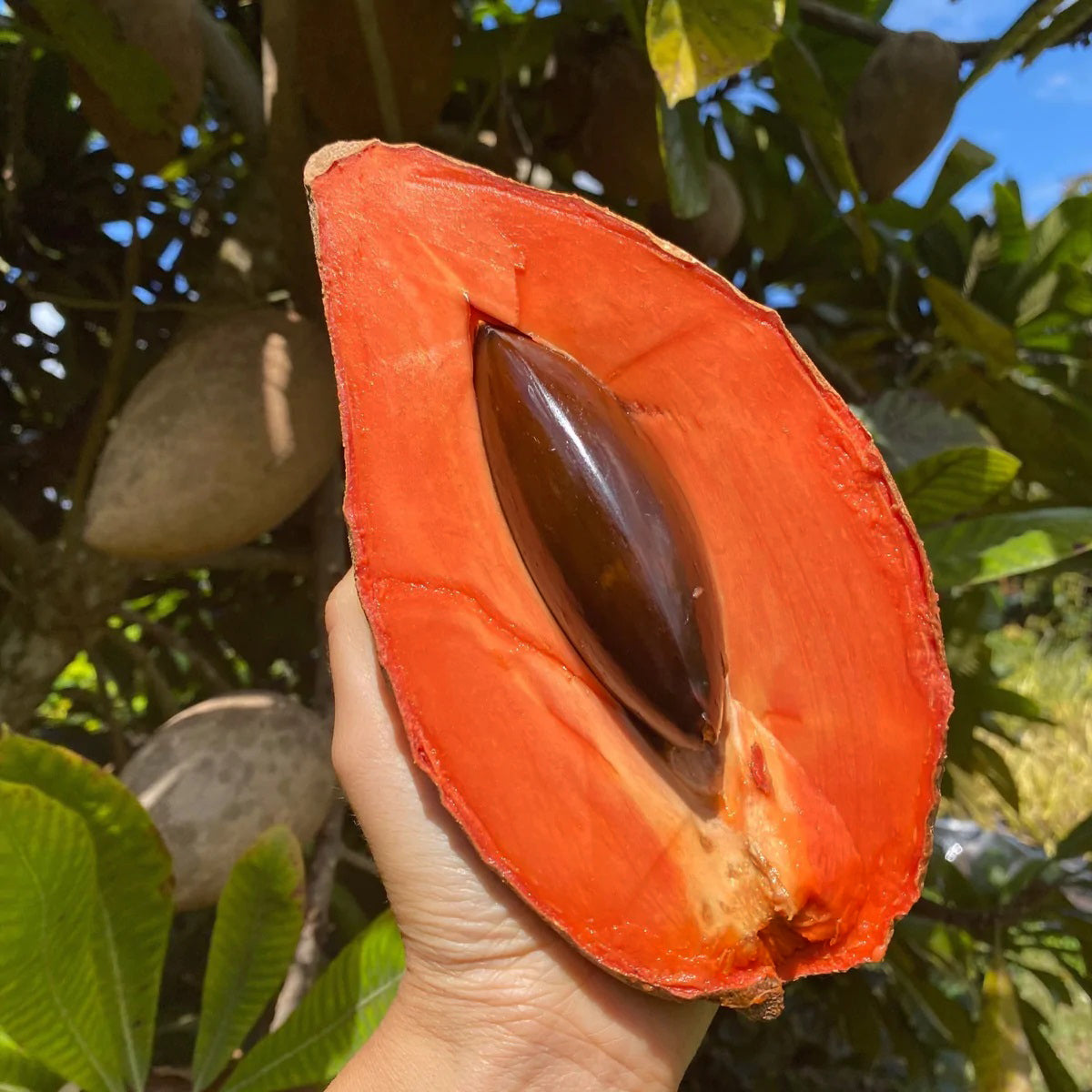HappiestPlants
Mamey Sapote Live Plants (Pouteria Sapota)
Mamey Sapote Live Plants (Pouteria Sapota)
Couldn't load pickup availability
Share
Mamey Sapote, scientifically known as Pouteria Sapota, is an ancient pre-Hispanic fruit native to the tropical regions of Mexico, Central and South America. The Mamey sapote fruit typically exhibits a round to oval shape, occasionally with tapered or pointed ends, and is of medium to large size. Its skin is thick, semi-rough, and varies in color from light to dark brown, with a textured, somewhat scruffy, and sandpaper-like texture. Beneath the skin, the flesh can range in colors, including orange, red, and salmon. It possesses a soft, creamy, and dense texture with a fine, smooth consistency and a subtle scent reminiscent of squash. Embedded within the flesh, you can find 1 to 4 elliptical seeds with a glossy black-brown hue. Mamey sapote is only suitable for consumption when fully ripe, yielding slightly to pressure when squeezed.
Mamey Sapote is notably rich in vitamins A and C, in addition to being a good source of dietary fiber. There are four distinct Mamey Sapote species: Magana, Pantin, Tazumal, and Key West. Magana is recognized for its dense, cake-like texture and is naturally a larger variety. Pantin boasts creamy and sweet interior flesh with vibrant salmon-colored tones. Tazumal is a medium-sized variety with high-quality pink flesh. Key West presents a range of flesh colors from pink to orange to red, with a creamy and soft fruit texture. Its flavor combines elements of sweet potato, pumpkin, honey, and peach.
Commonly known as Mamey Apple, Santo Domingo Apricot, Tropical Apricot, or South American Apricot, this fruit is scientifically labeled as Pouteria Sapota. It typically starts bearing fruit within 4 to 6 years and requires a moderate level of maintenance.




